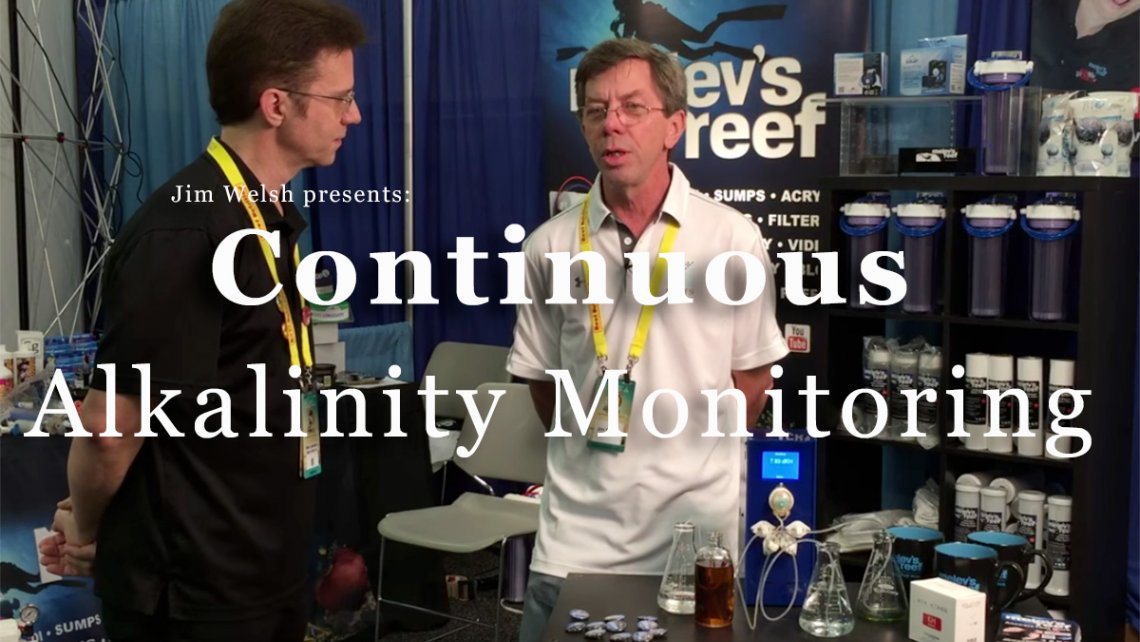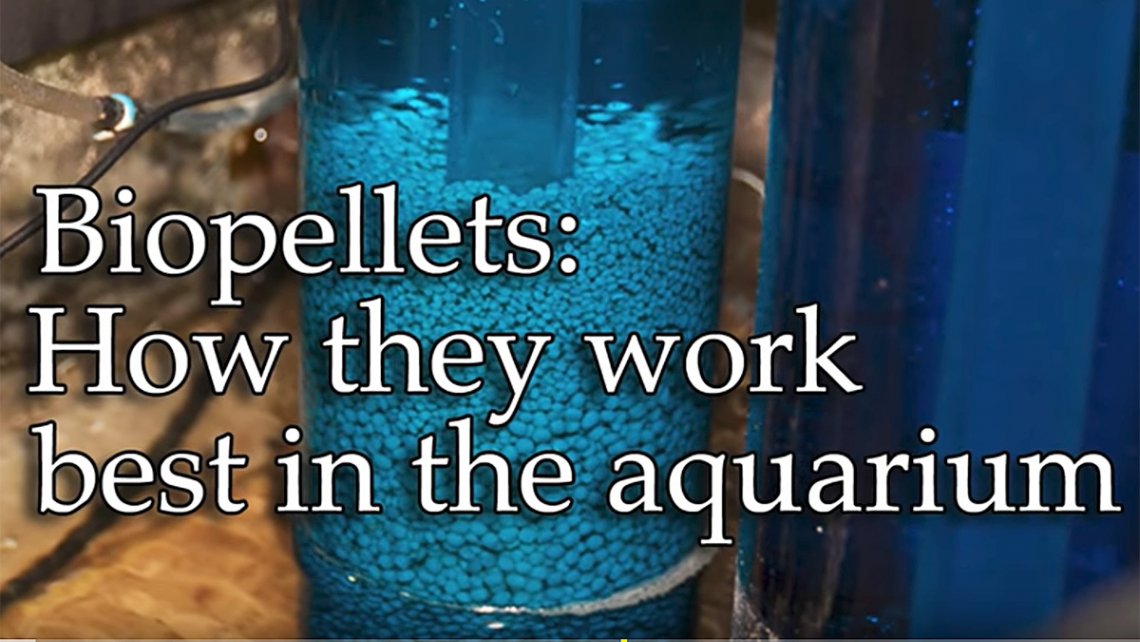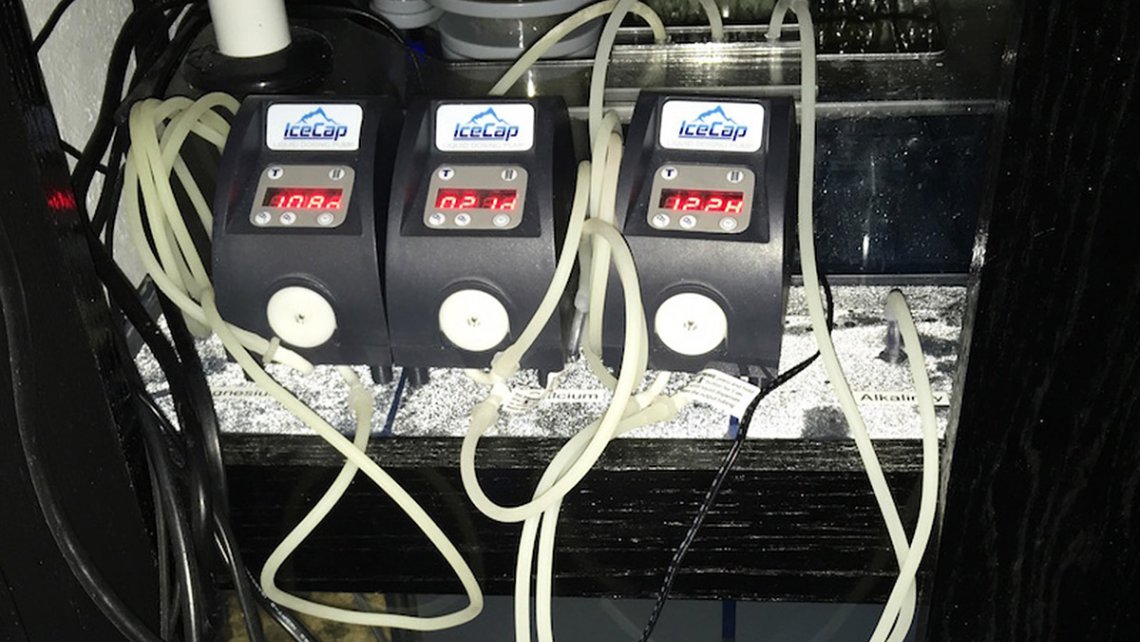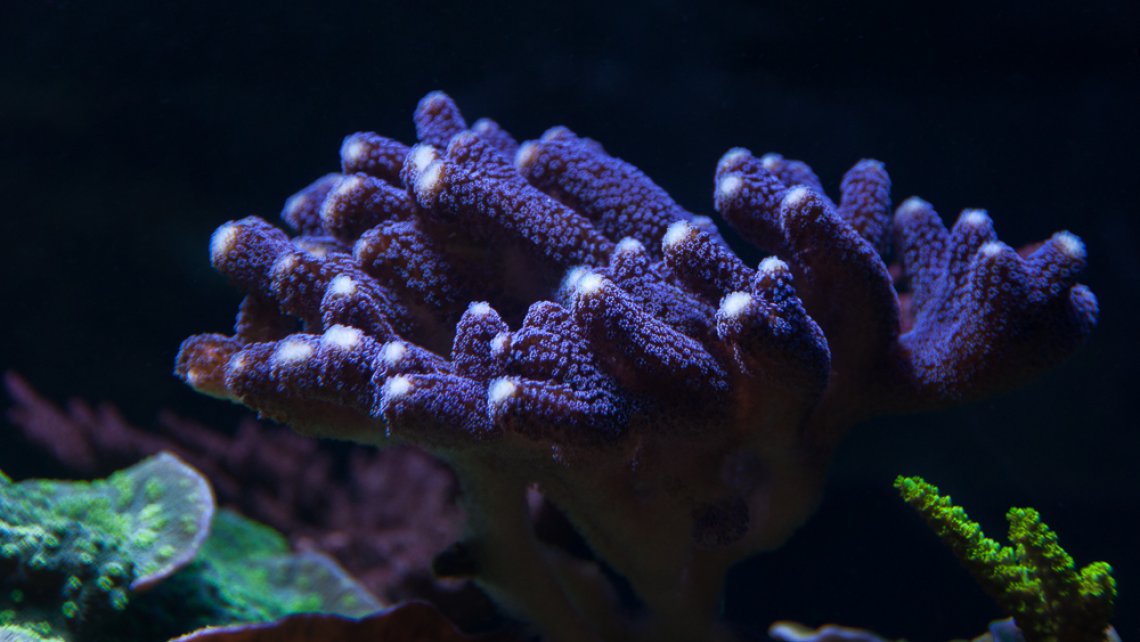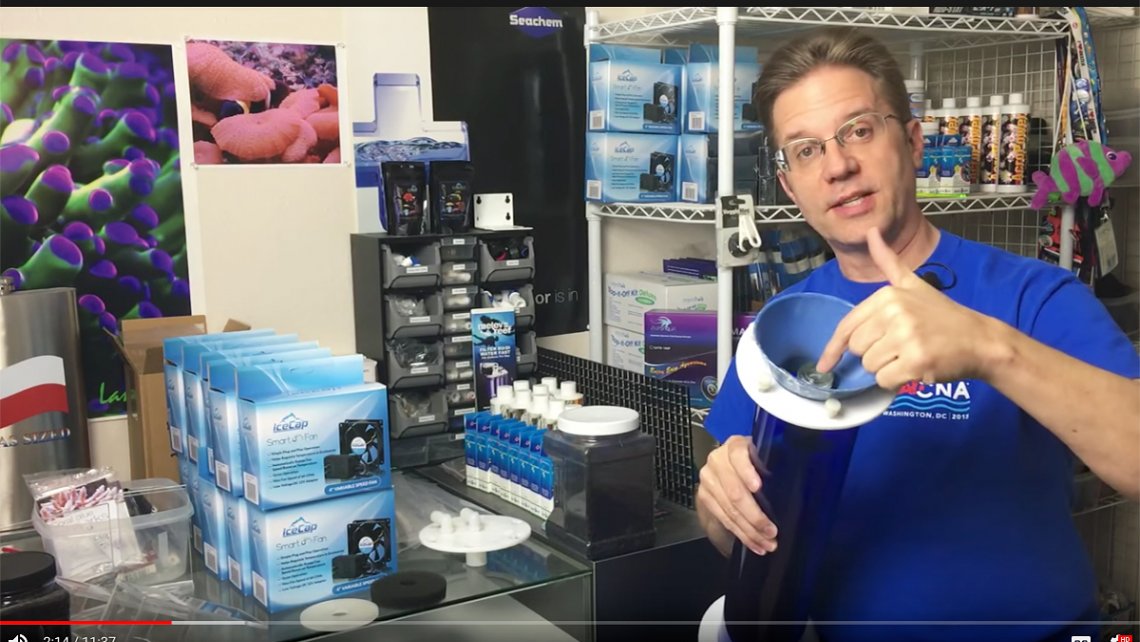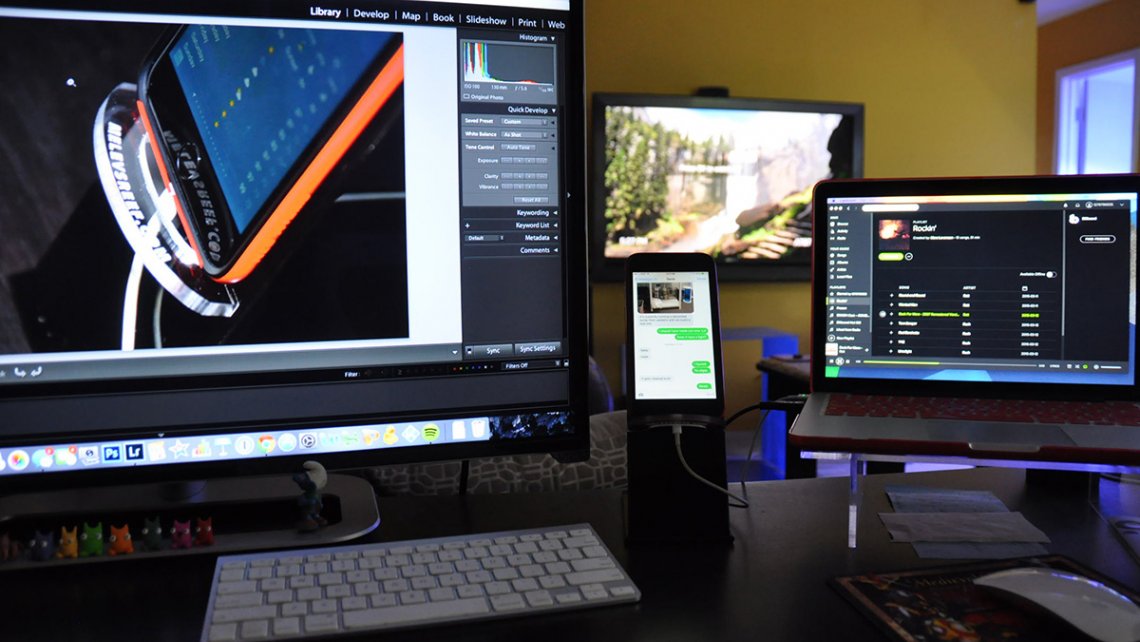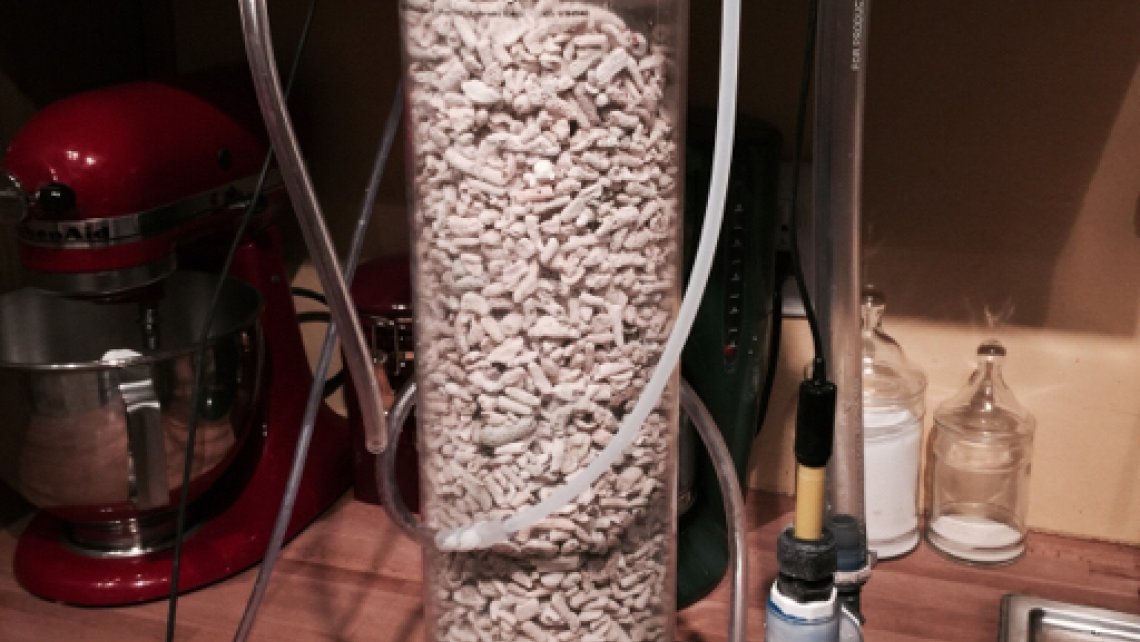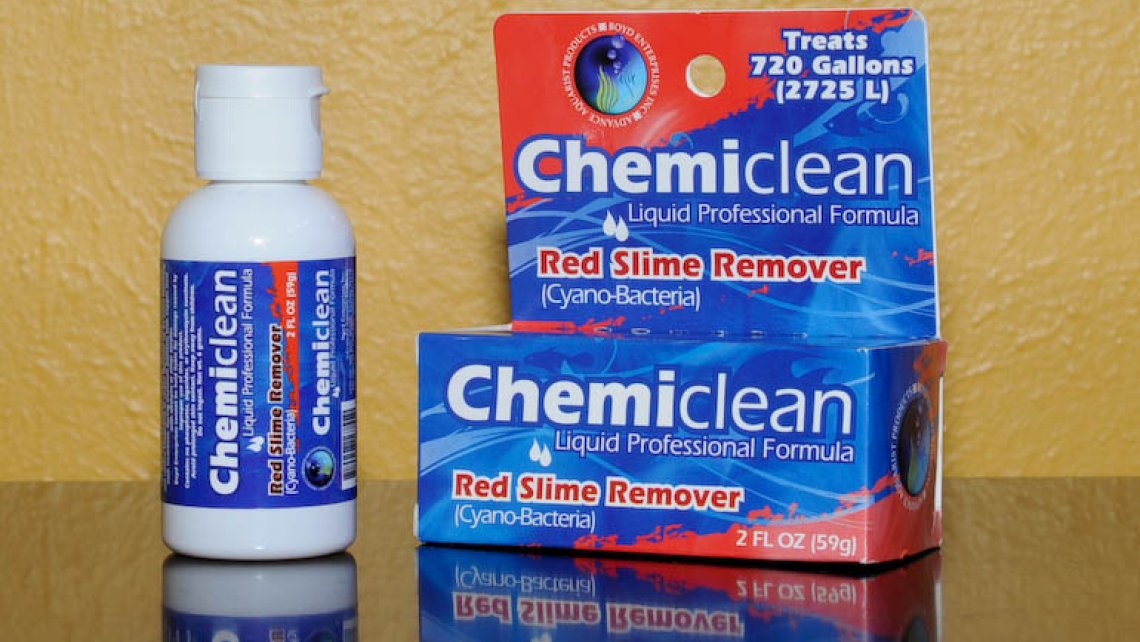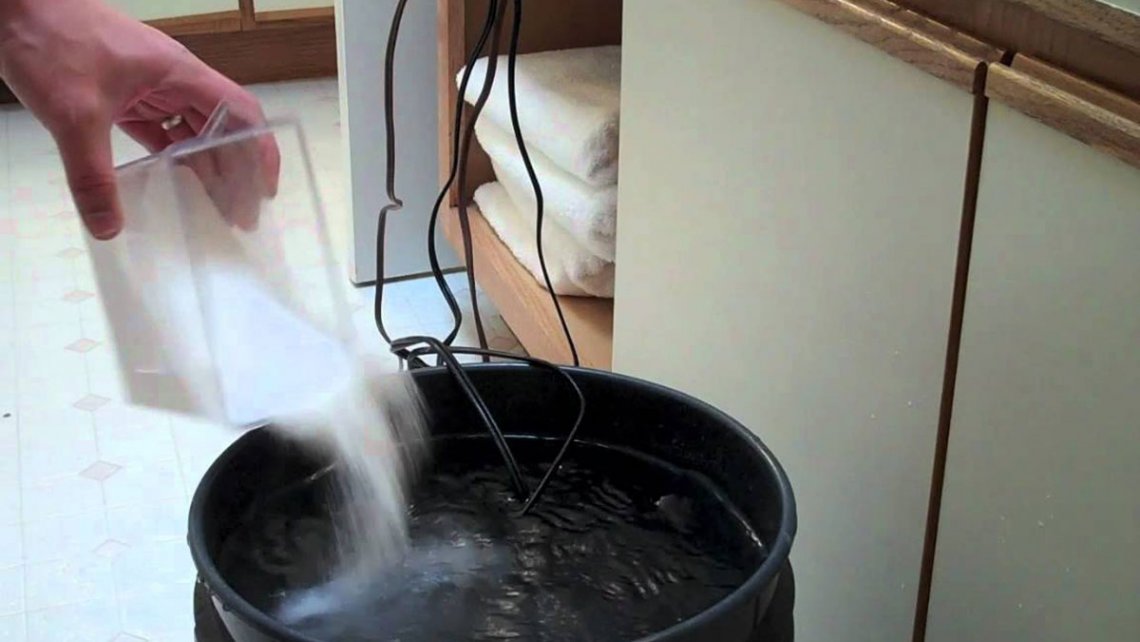Biopellets - what you need to know
One of the topics I wanted to address as a full video is biopellets. Short answer: they work. Earlier this year, nitrates spiked in my reef and despite lots of effort it didn't get them down and keep them down, so I opted to get biopellets running again on my 400g reef. The results were spectacular, as expected.
It's Friday Night!
While most would get excited to go out on a Friday night, I instead stayed in and tinkered with my reefs. Reefkeeping needs attentiveness, and tonight was one of those nights where I needed to address specific needs, or lose corals.
Water tests and what they mean to me
11/28/15 Performed water tests at 1 a.m. specifically because I spotted some STN in my tank all of a sudden.
Temperature late at night read 78.1 °F
Looking at the temperatures recorded by the Apex recently, I had a significant swing due to our weather change over the past 48 hours or so. The low was 77.1°F and the highest was 80.6°F, which is roughly a 3.5°F swing and more than I usually would allow. Maybe this is why three corals are reacting. Not sure, but it's definitely a consideration.
A sneaky alkalinity swing
I recently had an alkalinity swing creep up on my reef. Normally I like to keep the tank around 8 dKH, and yesterday I noticed the duncans in my frag tank (part of the same system) were closed up. One bad habit I've developed over the years is to watch the corals for indication of problems instead of water tests each Saturday like I used to perform. I need to get better about that. I did a quick check with my Elos Alkalinity test kit and was shocked when it hit 21 dKH. So I tested again, and it measured 19 dKH. Safe to assume it was about 20, way too high.
New media
The calcium reactor needed a refill badly, and the media finally arrived today. I'm using TLF's Reborn media this time. I cleaned it out and refilled it tonight and here it is, ready to go. I've had this reactor since 2004 and it has served me well.
Here's my "How to set up a calcium reactor article: https://melevsreef.com/articles/how-set-calcium-reactor
Chemi-Clean makes me happy
Last week when I got back from my trip to Atlanta, my tank sitter told me he was ready for me to get the cyano bacteria situation in my tank under control. I prefer not to treat the tank when I'm about to travel, so I don't put the reef in a bad spot when I'm 1000 miles away for a few days.
Always test a new batch of salt!
Whenever I mix up a new batch of saltwater, especially if it is a new bucket I've opened, I test for three things: Temperature, Salinity, and pH. If the pH is down, I'll buffer it up. Usually if the pH is down, the alkalinity is as well. By buffering it up, it brings up the alk at the same time.
Nitrates be gone!
A new page has been created to answer some questions I get about RO/DI systems pretty often. Such as - do I ship to Canada? or how to pay without using Paypal.
